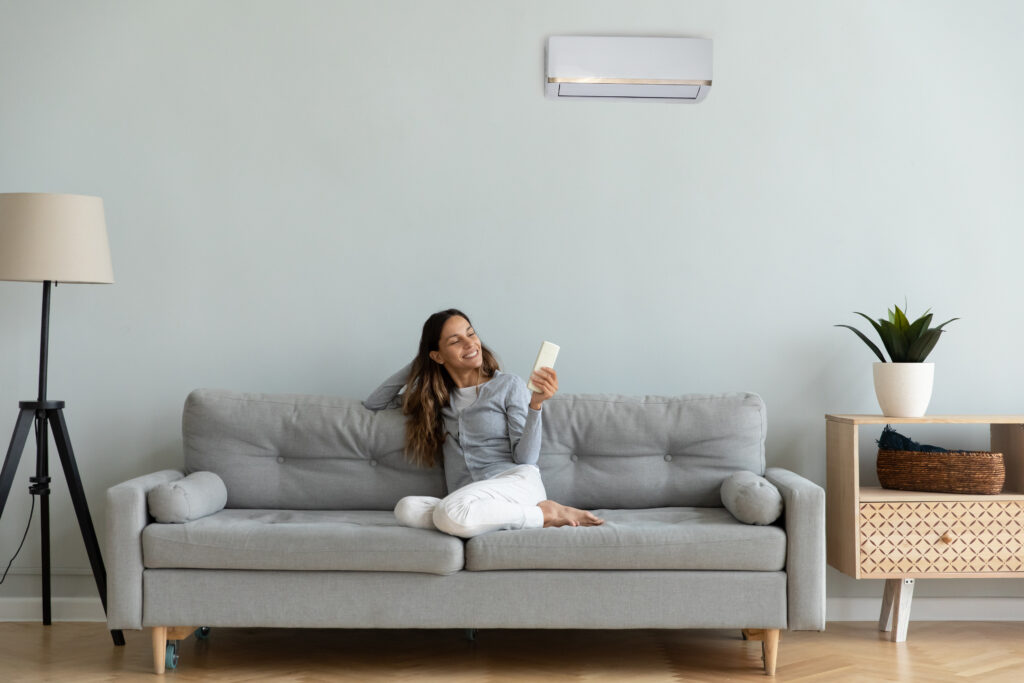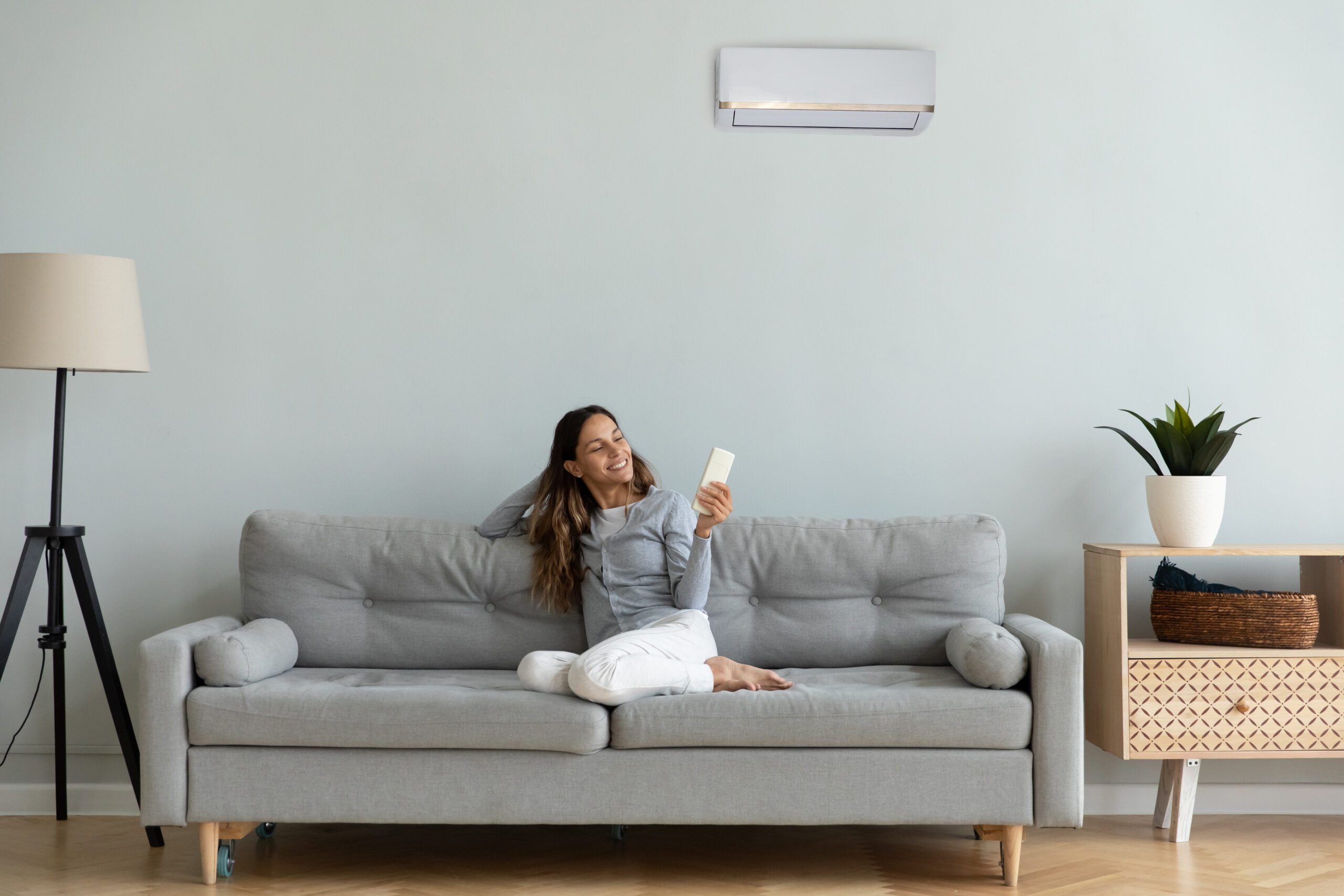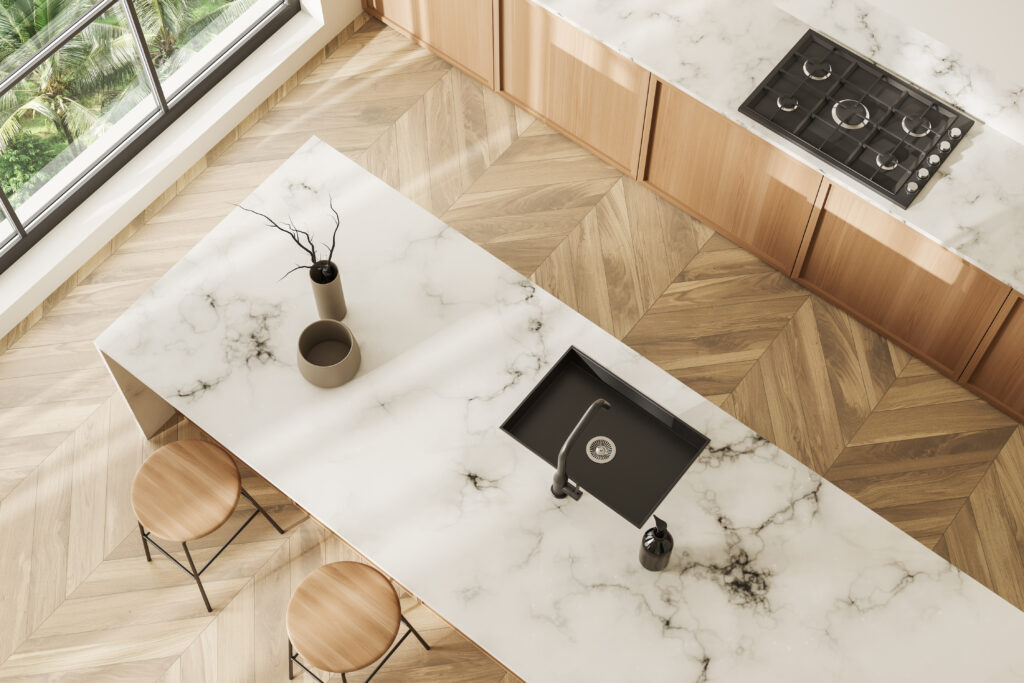Understanding Central Air Conditioning: A Homeowner’s Guide to Cool, Comfortable Living
We don’t really think about our air conditioners until they stop working. It’s one of those behind-the-scenes heroes of the household, humming along quietly in the background—until it isn’t. So, let’s talk about it. Central air conditioning. What it is, how it works, and whether it might be the right system for your home. Whether you’re considering an upgrade, building new, or just trying to figure out what exactly your AC guy was talking about last summer, this guide walks you through the essentials. Nothing complicated. Just good, solid info that’ll help you make smarter choices—and keep you cool while doing it.
What Is a Central Air Conditioning System?
So, the basics first. Central air conditioning is a whole-home cooling system. Unlike window units or portable ACs that treat just one room, central AC systems control the temperature of an entire home through a series of ducts. It’s like a single cooling station that sends chilled air to different rooms, kind of like a central train station sending passengers off to multiple destinations—only, you know, less sweaty. The central unit removes warm air from inside the house, cools it down by pushing it over coils full of refrigerant, then circulates the cooled air through ductwork and out into the rooms of your home via vents. Simple enough, right? But also, pretty impressive technology doing a lot of work behind the scenes.
How Central Air Conditioning Works (Without the Jargon)
Picture this: You crank down your thermostat because it’s 92 degrees out. Behind the scenes, your central AC system kicks into gear. Warm air is pulled from the rooms of your home through return ducts. That air goes to the air handler, usually located in your basement, attic, or utility closet. Inside, things get science-y—air gets cooled by a refrigerant that absorbs heat (think: ice cube effect), and then the cooled air gets pushed back out into your rooms through supply ducts. Meanwhile, the absorbed heat is sent outside via the condenser unit, where it’s released into the wild. That’s kind of the nutshell version, and unless you’re super into HVAC systems (honestly, some people are), you probably don’t need to know every single nut and bolt. What matters is this: your system pulls heat out of your house and replaces it with cooled air, cools everything evenly, and automatically maintains your set temperature. Set it and forget it? Yes, please.
Advantages of Central Air That Homeowners Will Actually Notice
There are a few things homeowners genuinely care about: comfort, cost, convenience, and control. Central air conditioning actually scores high in all four, assuming everything’s running smoothly. First, the comfort—central AC keeps your home evenly cooled, so you aren’t dealing with sweaty bedrooms and freezing living rooms. The system uses a thermostat, so you have precise control over your indoor climate. As for convenience? Once it’s installed, it’s hands-off. No moving units from room to room, no cracking open windows to vent, no figuring out which room needs the plug-in AC today. From a cost perspective, yes, the initial investment can be high—but we’ll talk about that. Over time, it’s often more energy-efficient than running multiple window units and can save you money on utilities if your home’s properly insulated and sealed. Also, it can boost resale value. If you ever move, buyers love seeing “central air” in the listing.
Potential Drawbacks and Things to Watch Out For
Okay, real talk—central AC isn’t perfect. First and foremost, the upfront cost can be steep. Between purchase, installation, and ductwork (if your home doesn’t already have it), you’re easily looking at several thousand dollars. Also, older duct systems can be leaky, which means cooled air isn’t always reaching its intended destination, and that can impact efficiency. Maintenance is key here. Filters need to be swapped out regularly—you’d be amazed how fast they clog with dust, pet hair, and whatever else is floating around. Then there’s the lifespan issue. Most systems last about 10 to 15 years, depending on use and upkeep. If you’re in that range and the cool just isn’t cutting it anymore, it might be time to start looking at replacements. Oh, and let’s not forget the sudden breakdowns. They always happen on the hottest day of the summer. Like, clockwork.
Tips for Choosing and Maintaining a Central AC System
If you’re about to put money into a new system or trying to get the most out of your current one, here’s what to keep in mind—though I’m literally trying to remember what I was just talking about before I got distracted by a weird noise from the kitchen. Oh right, AC tips. Start with size. Bigger isn’t always better. You want a system that’s properly sized to your home’s square footage. Too big, and it cools too fast without dehumidifying. Too small, and it runs constantly with little effect. Second, consider energy efficiency. Look for systems with a high SEER rating (Seasonal Energy Efficiency Ratio). Higher number equals lower energy bills. And for love’s sake, change your filter every 1-3 months. It’s easy and makes a massive difference. Annual professional inspections are also a good idea. They’ll catch small issues before they become expensive disasters. And yes, keep those outdoor condenser units clear from vines, debris, and decorative rocks (we see you).
Central Air and Home Warranty: Where It All Comes Together
Now here’s where the dots connect. A central air conditioning system is a major home investment—and one that can wreck your summer (and your budget) if it goes bust. That’s where home warranty coverage becomes your new best friend. When your AC unit stops working because of a mechanical failure or internal problem, a good home warranty can step in and cover repair or replacement costs. That’s huge. With central AC, repairs can get expensive fast—compressors, coils, refrigerant recharges, electrical issues. Without coverage, you’re on the hook. But with protection from a reputable provider, you’ve got backup. Even smarter: if your system is aging, a plan can help extend its useful life because you’re motivated to keep it well-maintained and save on those unexpected breakdown fixes. Think of it like having roadside assistance—but for your climate control.
Stay Cool with Armadillo: Reliable Home Warranty Protection for Central AC Systems
Here’s the deal—central air conditioning is a home comfort essential, especially if you live somewhere with actual seasons. But it’s also one of the most expensive systems in your home to repair or replace. That’s why Armadillo offers home warranty plans specifically built to protect key systems like your central AC. No one enjoys those hot, stuffy summer days spent calling around for quotes and waiting for techs who may or may not show. With Armadillo, we make it easy. You can customize your plan, manage it online, and when something breaks, we’re on it. Fast. Fair. Friendly. That’s the kind of coverage homeowners deserve. Explore more about our plans on the Armadillo homepage or get started now with a plan that fits your zip code by visiting our Plan Builder. You handle the thermostat—we’ll handle the rest.


























